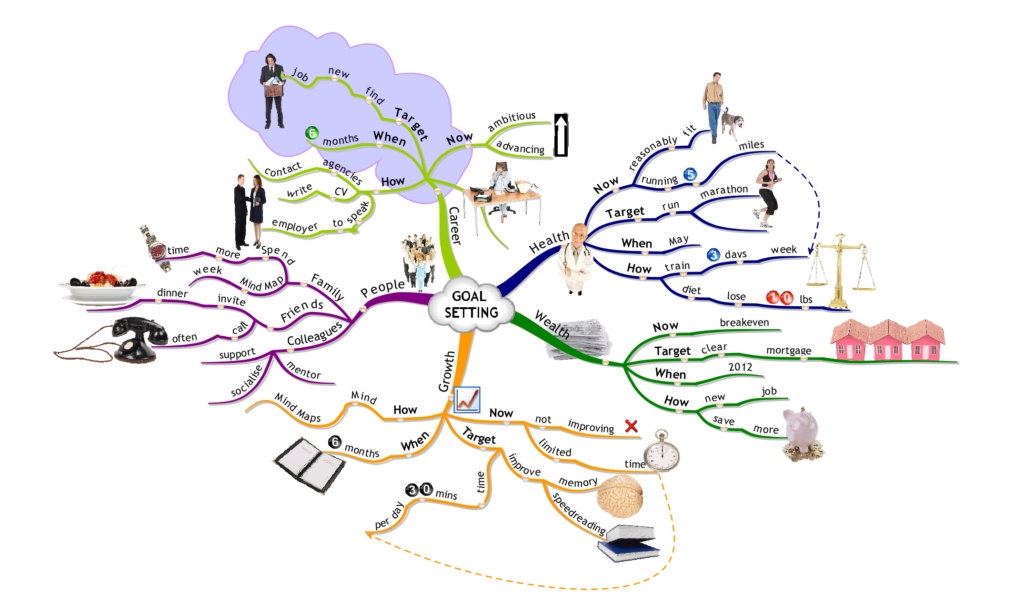
04 Jan SETTING GOALS FOR SUCCESS

If you are one of those people disillusioned about setting goals or resolutions because you don’t seem to succeed, I’d like to encourage you to give it another go this year.
No matter whether your goal is in health, career, relationships or something else, here are key steps to increase your success rate and make it less of a battle of will power.
- Make sure it is something you want!
This is opposed to what someone else, be it your spouse or family member, wants for you. If you are doing something to please others, you are not going to be very motivated.
How do you know if its something you truly want? Well you have to feel inspired. Imagine the successful outcome – how does it make you feel and how would your life be different? Is there any positive emotion like tingling of excitement? If you just feel indifferent then it is not the right goal for you. - Be SMART. You may know of the SMART principle.
S for specific. The more specific you are, the greater you can become engaged with your goal.
M for measurable – using amounts, sizes, numbers.
A for attainable or achievable.
R for realistic – which has overlaps with achievable goals.
T for time-framed – frame your goal in time, don’t make it open-ended.With SMART in mind your stated goal could be “I’m a dress size slimmer by the end of June” instead of “I’m going to lose weight”. Instead of “I’m going to drink less alcohol”, you could say “Starting this Saturday I’m drinking one glass of wine with food on weekends only”. - Fewer goals have a better chance of success.
Its best to focus on one goal, succeed and sustain the outcome before moving to the next goal. - State what you want to achieve in positive language.
Instead of saying “I don’t want to be tired all the time”, ask yourself how you would like to be, feel, do. You could say “I want to be full of energy. I’m feeling 10 percent more energetic today.” This has to do with your subconscious not processing the negative – words like don’t, won’t. So when you say “I don’t want to be tired all the time”, the brain picks up the key word “tired” instead. - Use the present tense.
State your goal as if it is happening now. Your brain gets the message this is what is true and will actively help you to reach the goal. For example say “My leg is better today. My leg gets better and better everyday and I have full mobility by end of June this year”. - Do what you do not like first.
Even when the goal is something we truly want, we may have to take some steps we do not like to succeed. That’s when we tend to procrastinate. When too much time passes, the momentum is lost.
For example to become a dress size smaller by your deadline requires you to change your diet and exercise. But you do not like exercising. Commit to a form of exercise and do that first, ideally first thing in the morning. This way you don’t have to worry about it the rest of the day and you feel a sense of achievement. You’d be surprised that after a while, this does not seem such a chore anymore. - Do something everyday towards achieving your goal.
Some people view working on their goal as work and they want a day off or the weekends off. Consistency and continuity are important. You may not be able to do the same amount or spend the same amount of time everyday. But you can do at least one thing, which can be something simple or something that takes just a few minutes, towards reaching your goal.
For example, on a weekend your family wants to go on an outing that includes eating out at a restaurant where previously you would always eat French fries. Now you could choose to eat a healthier alternative instead of the French fries. Or you could go for a quick 30-minute walk first thing in the morning before the family outing.
The route to success may not be a straight line but you can still get there. So go ahead, identify your goal, plan and take action.




